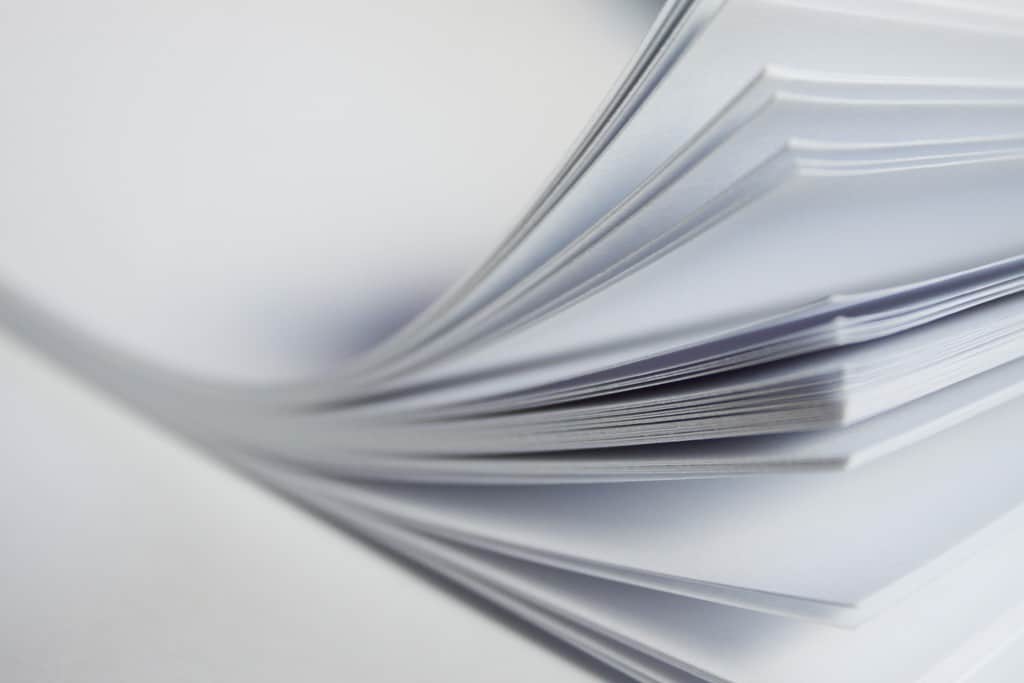
Know your Copier Paper
The market is packed with a wide range of printing or copier paper types and brands. If you are looking to make prints and images using your home printer, you need to know copier papers. Below are some characteristics you need to look into;
1. Size
One of the most important factors you need to consider when choosing the right copier paper for your machine is the size. The standard size of a typical printer paper is between 8.5 and 11 inches. Note that regardless of the brand and model, there is only a specific range of paper sizes that your printer can accommodate. Therefore, you need to read through the instruction manual of your printer to determine which size it can accommodate. It is also worth noting that not all types of paper come in the same sizes. This means that not all types of paper can work on your printer.
2. Weight
When it comes to copier paper, the weight does not refer to how heavy the paper is but its heft and thickness. Note that the paper’s weight influences how the look of the print and the overall feel of the page. The standard weight of printing paper is 20lbs, and it is commonly used in offices. Thicker paper is highly recommended because it stands well against gravity and can withstand issues like curl. Also, if you are looking to print on both sides of the paper, then it would be best not to use light paper because the printer ink would bleed through it. Note that the weight of copier paper is measured in grams per square meter.
3. Brightness
In addition to the size and weight, the paper’s brightness is also a significant factor to consider. The brightness of the paper significantly affects the sharpness of the text and images you want to print on the paper. The brightness element is especially important for color photographers because it influences the color-correctness of the image’s tones. For instance, for soft and light colors, highly bright papers would not be a wise choice because it tends to wash the image out. On the other hand, papers that are low on the brightness scale can add richness to the image’s color.
4. Shade or tone of the paper
The shade of the paper is also an important element to consider. Using different tones makes your white tones appear warmer. However, this depends on the balance between red and blue light reflected by the printing machine. The shade or tone of the paper influences how the print turns out. The lighter the paper’s shade, the more the blue-spectrum it reflects, and the warmer the tones and a blue-white shade is created. For a softer shade, cream white paper shades are a wiser idea.
The brightness of the paper is measured using a 0-100 scale (100 is the brightest). Typical printing paper features a brightness scale of between 90 and 97. However, the most economical printing papers lie at 92 as the costliest goes up to 100.
5. Luster
Luster, in this case, describes the archival quality, which is how long a print can last on the print paper. Some papers are designed to last for years, while others tend to fade in a few months. However, this can also be influenced by the way the ink can interact with the paper use. Therefore, before choosing your printing paper, consider how long you want the print to last and the type of ink you are using.
Conclusion
There are several other factors you need to consider when you are picking the right copier paper. They include the fiber content, the use of the paper, and the recycled matter. It is worth noting that the first thing you need to do is get to know your machine and which paper would be compatible with it.


